Huawei has officially unveiled the flagship smartphones of the Mate 70 series, which includes four models – the advanced Mate 70 Pro+ and Mate 70 RS, as well as the basic Mate 70 and Mate 70 Pro. Each of the latest pair of new products has a bright LTPO OLED display, updated cameras and a proprietary chip.
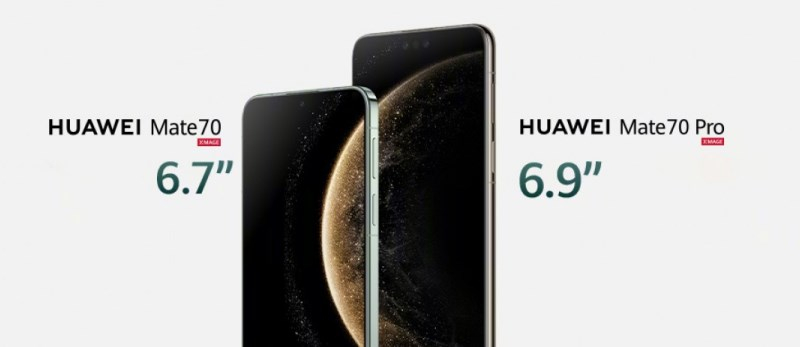
Image source: GSM Arena
Mate 70 is the most compact and thinnest smartphone in the series (body thickness 7.8 mm). The developers equipped it with a 6.7-inch display with a resolution of 2688 × 1216 pixels and a variable refresh rate from 1 to 120 Hz. A panel with a peak brightness of 2500 cd/m² is used. The more advanced Mate 70 Pro received a 6.9-inch screen with a resolution of 2832 × 1316 pixels, a variable refresh rate from 1 to 120 Hz and a brightness of up to 2500 cd/m². In both cases, the screen is protected from mechanical damage by Kunlun Glass 2, and the body is made in accordance with the IP69 standard.
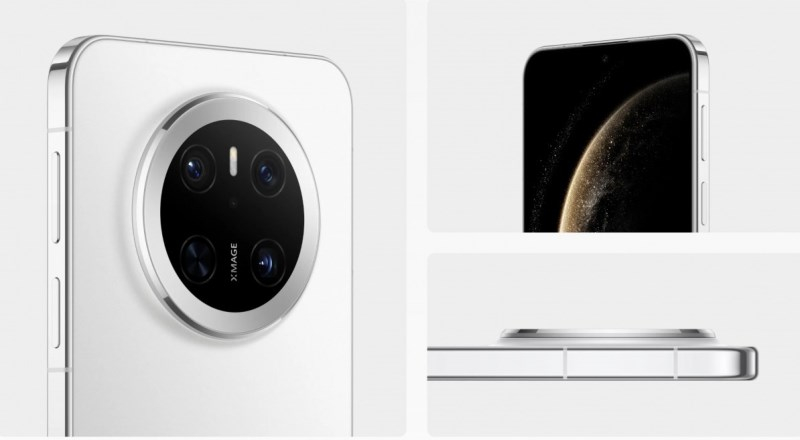
The Mate 70 has a 13-megapixel (f/2.4) wide-angle front camera with support for 4K video recording, while the Mate 70 Pro adds a 3D Depth sensor to the same 13-megapixel sensor to enable face unlock. The fingerprint scanner is integrated into the power button on the side of the case. This button also provides smart controls, such as activating the flash, launching an AI assistant, or putting the device into silent mode.
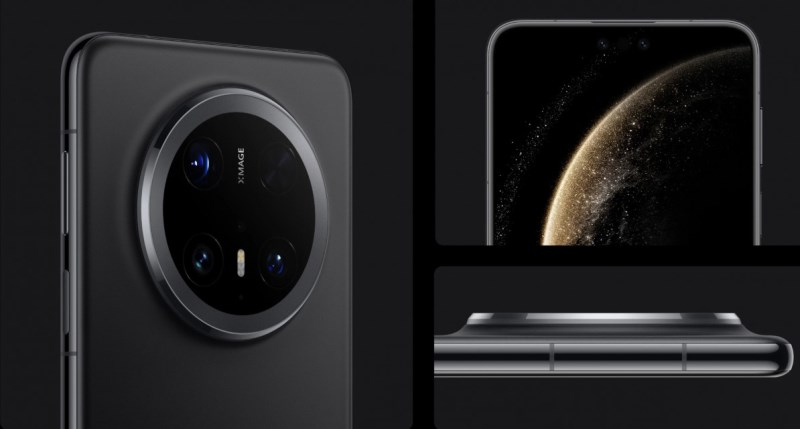
The main camera of each of the new products is based on a 50-megapixel sensor with a variable aperture from f/1.4 to f/4.0 and support for optical image stabilization. Also common to the two models is a 40 MP wide-angle module (f/2.2) with a viewing angle of 120º. In addition to this, the Mate 70 has a 12 MP (f/3.4) periscope lens with 5.5x optical zoom, while the Mate 70 Pro has a 48 MP (f/2.1) periscope lens with 4x zoom. In both cases, 4K video recording is supported.
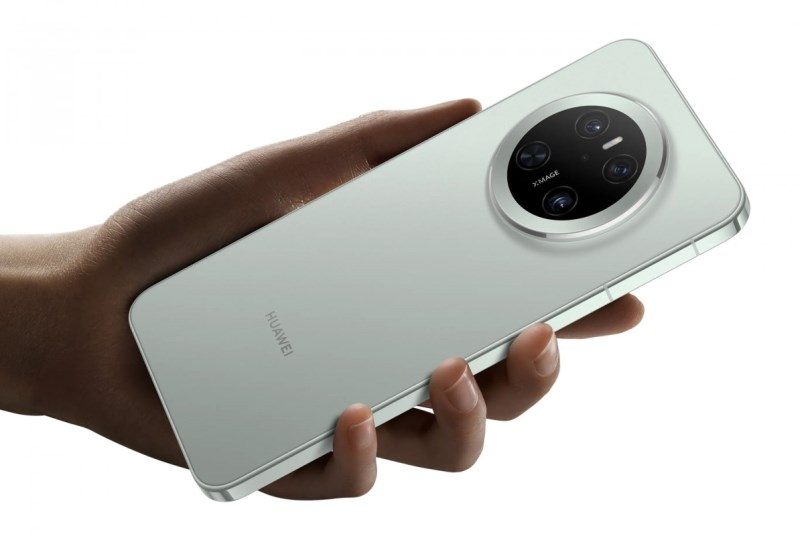
An interesting innovation was the appearance of a spectral image sensor in the center of the main camera block. Unlike the traditional RGGB color sensors in current Huawei or RYYB smartphones used in the past, spectral modules can collect more color data. This allows for improved color reproduction overall. The sensor works in tandem with other sensors to provide natural color reproduction even in difficult light scenes.
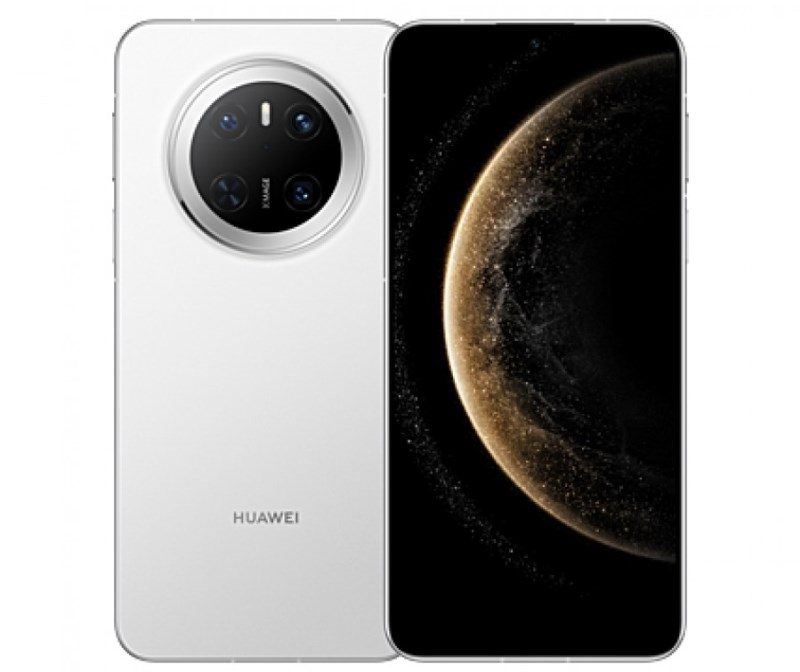
As before, Huawei does not disclose information about which microprocessor is the basis of the Mate 70 series smartphones. According to rumors, this is a self-developed Kirin 9100 chip. It is assumed that it is manufactured using the 6 nm process technology at the facilities of the Chinese SMIC and has one main Cortex core -X1 with a frequency of up to 2.67 GHz. Both smartphones are available in versions with 12 GB of RAM and 256 GB, 512 GB or 1 TB storage. The Mate 70 is powered by a 5300 mAh battery with support for fast wired charging up to 66 W and wireless charging up to 50 W. The Mate 70 Pro has a 5500 mAh battery with support for wired charging up to 100 W and wireless charging up to 80 W.
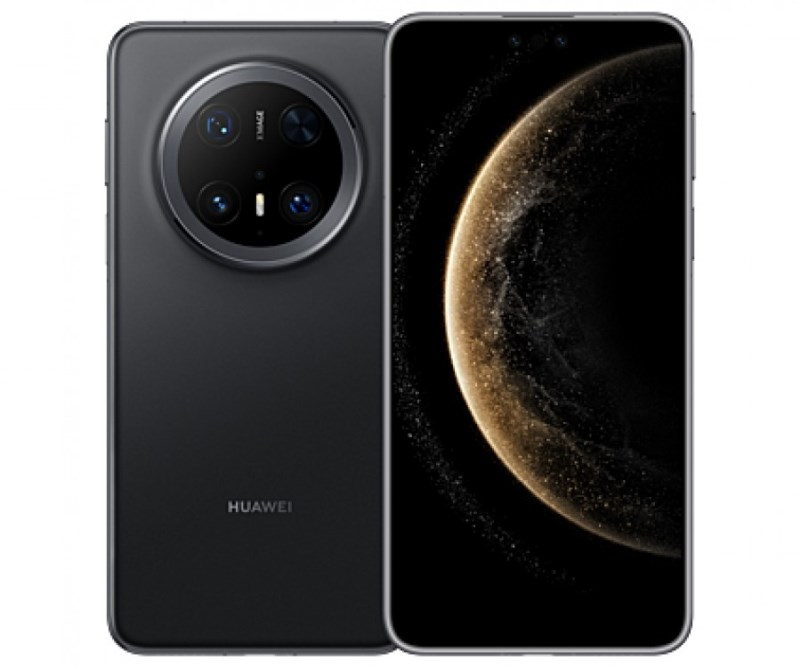
Both smartphones run Huawei’s proprietary software platform HarmonyOS 4.3, and will be updated to Harmony Next in the future. As for the price, the Mate 70 costs from $757 (12 GB RAM and 256 GB ROM) to $965 (12 GB RAM and 1 TB ROM). The cost of the more advanced Mate 70 Pro starts at $895 (12 GB and 256 GB ROM) and ends at $1100 (12 GB RAM and 1 TB ROM).